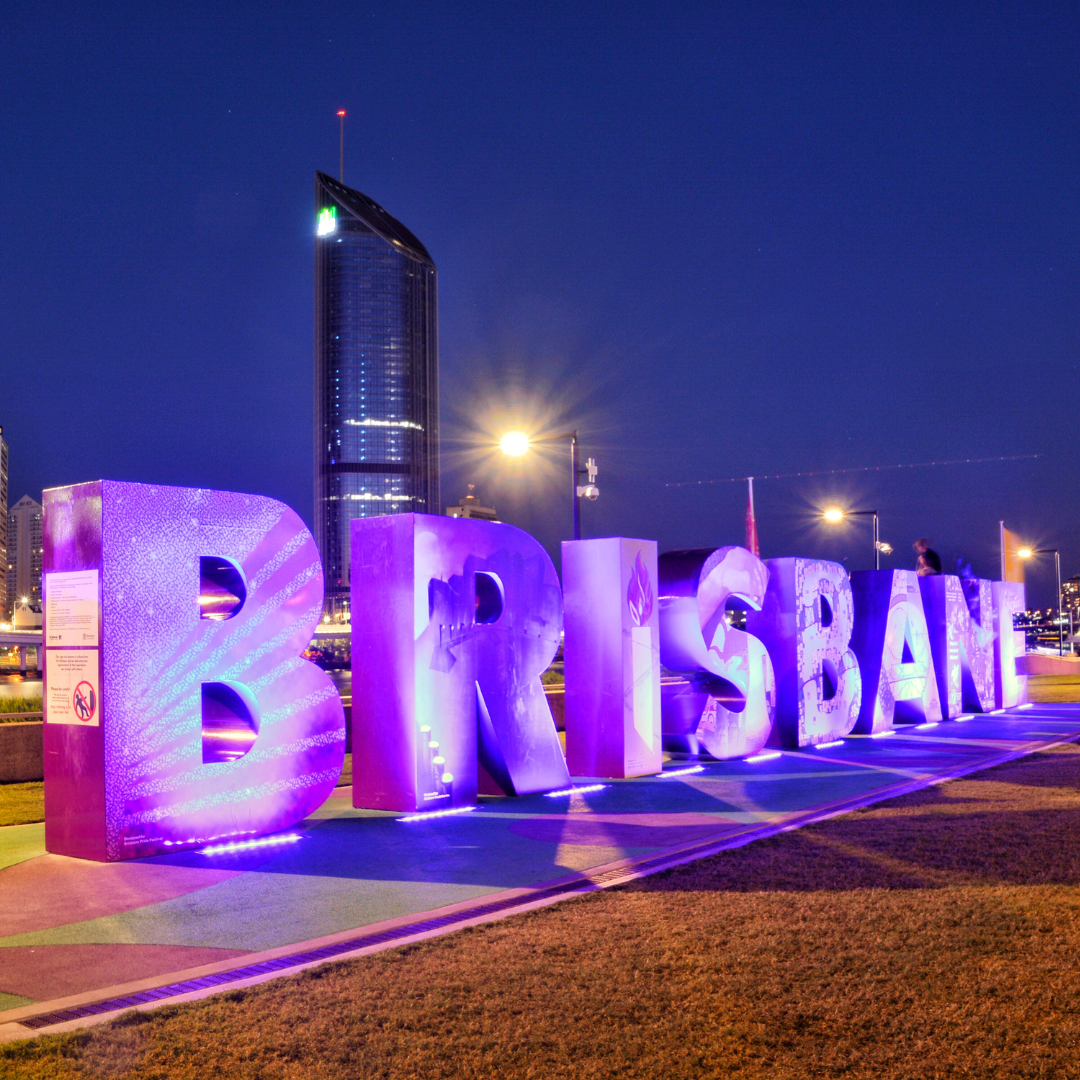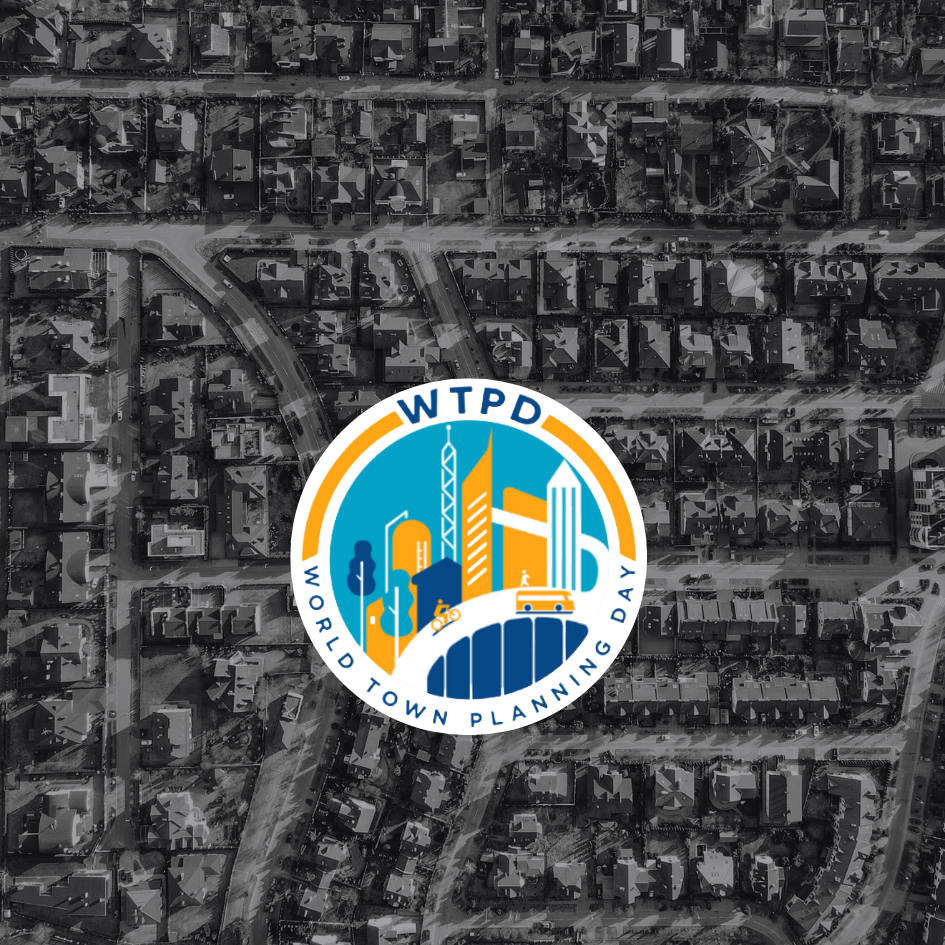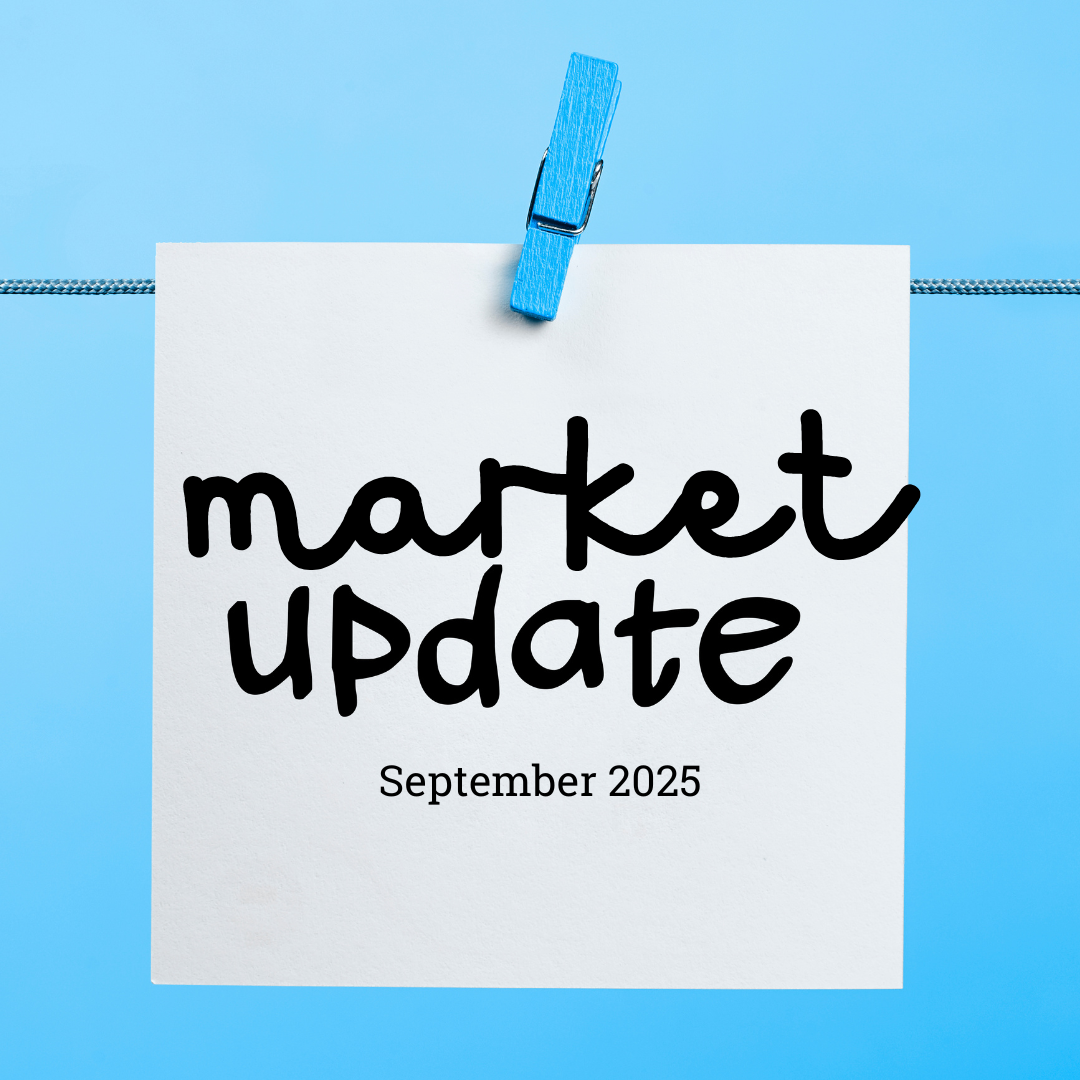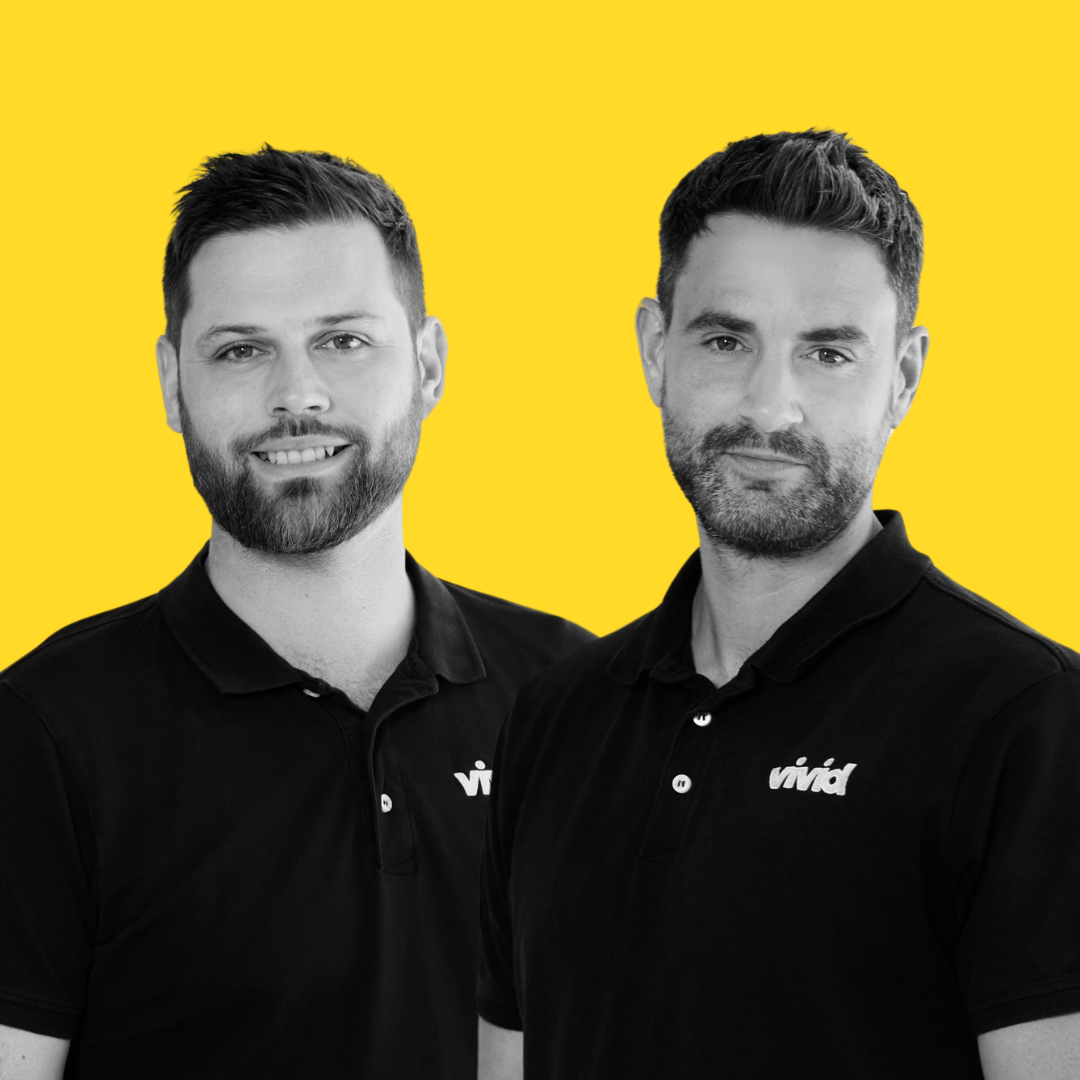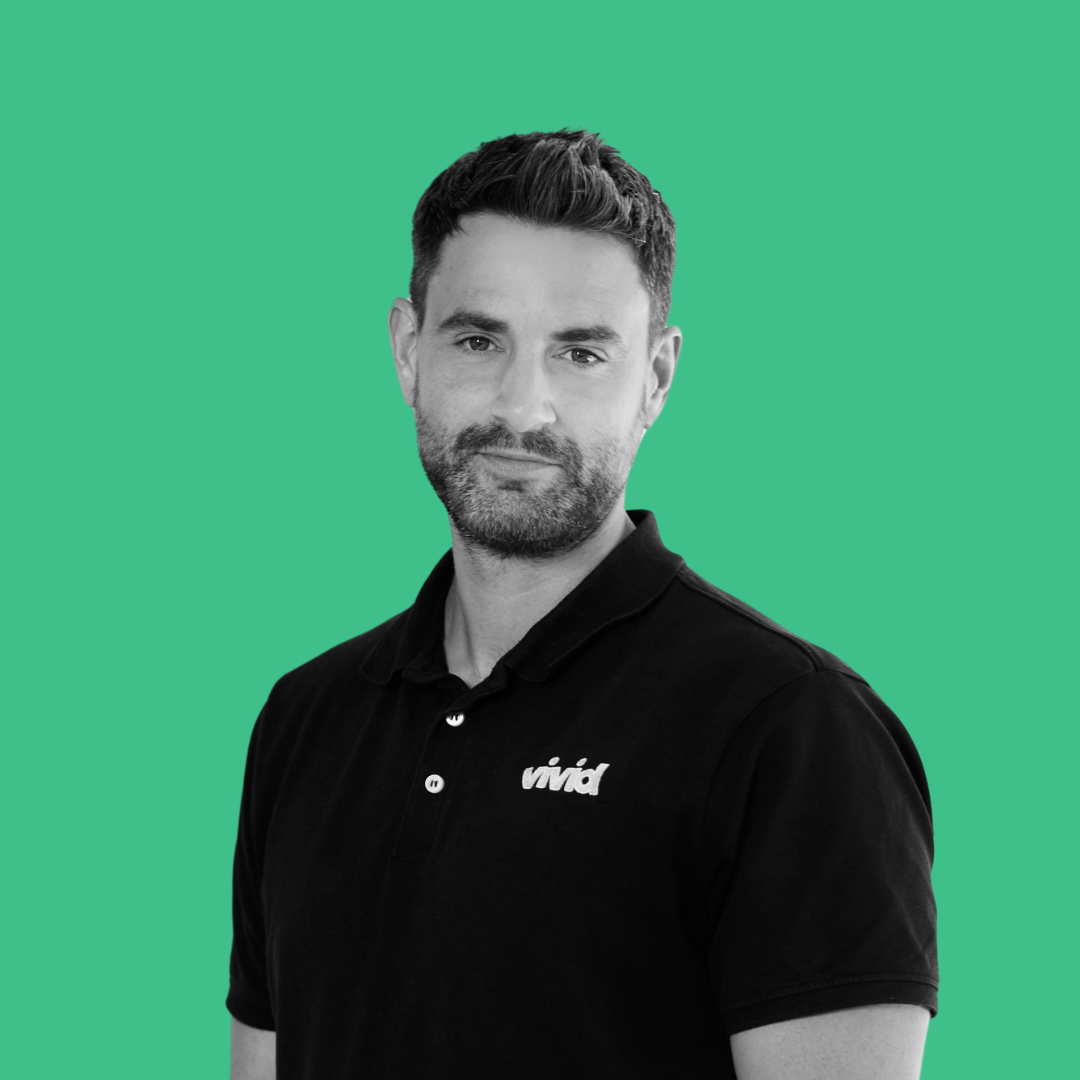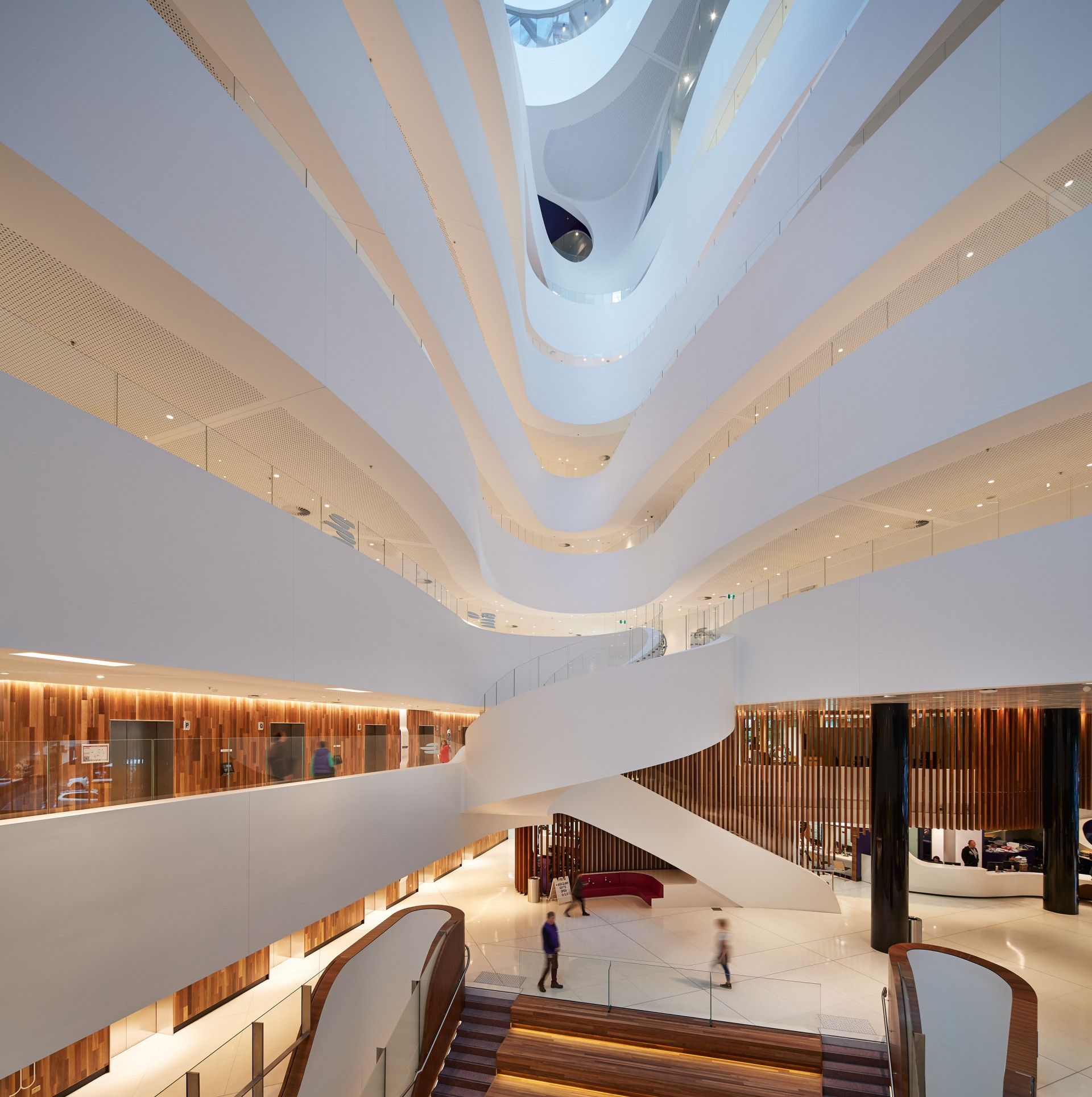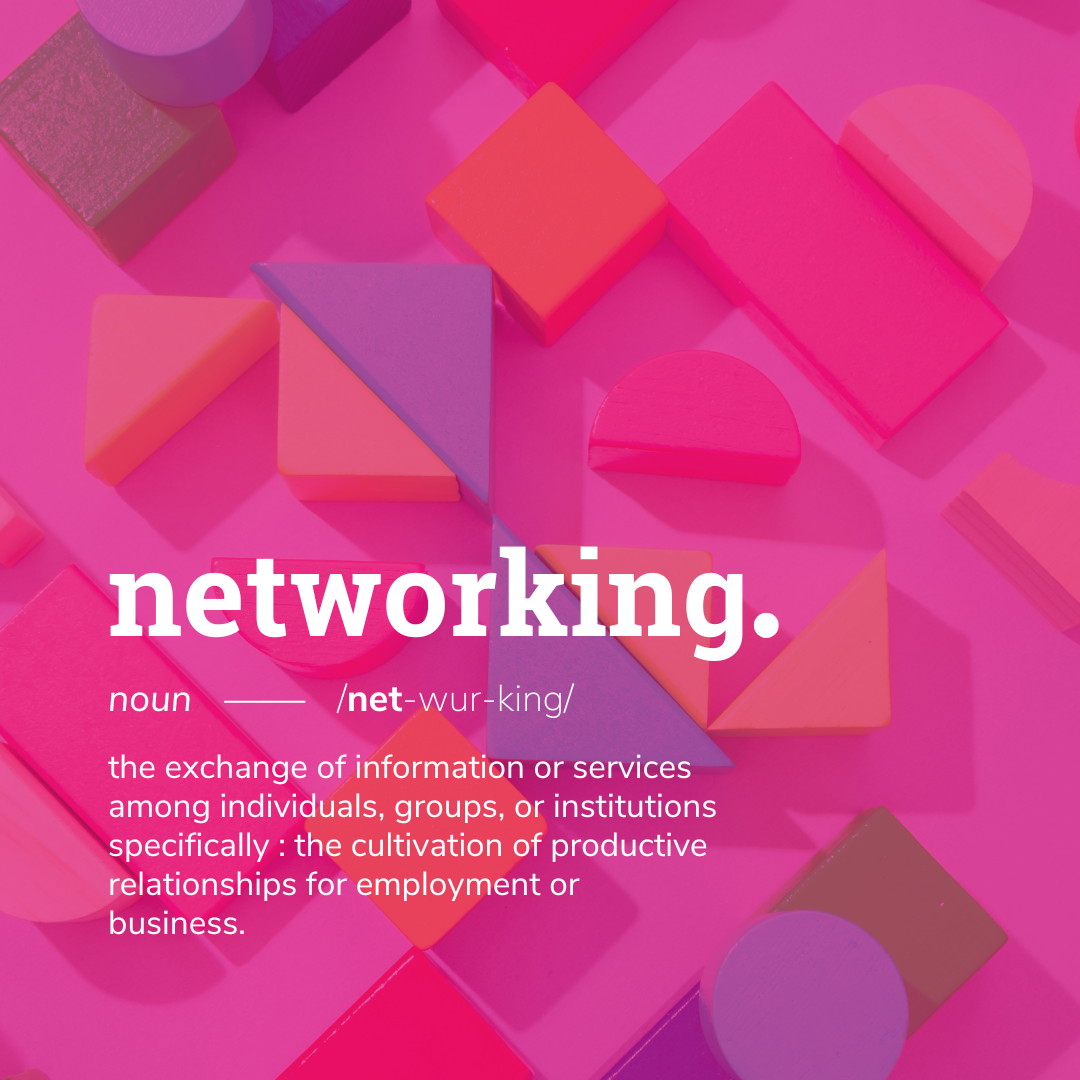Australia’s Job Market Update – July 2025
What You Need to Know About Hiring Trends in Architecture, Design, Planning & Engineering
As of mid-July 2025, the Australian job market is in an interesting spot—stable overall, but with some surprising twists under the surface. Whether you're a hiring manager, job seeker, or just trying to make sense of the latest workforce trends in the built environment space, here's a rundown of what's happening—and how it affects you.
The Big Picture: A Stable Market with Uneven Growth
The national unemployment rate is sitting steady around 4.1%, and workforce participation is at a near-record high (~67.3%). However, the shine fades slightly when you dig into the details.
- Private sector job growth has slowed to just 0.1% over the past year, while the public sector added a staggering 316,000 jobs (+7.6%).
- In states like Victoria, unemployment is slightly higher (around 4.7%)—a trend echoed by many professionals reporting longer job searches, particularly in mid-senior level roles.
On the skills front, there's a noticeable shortage of trade and vocational workers. Apprenticeship uptake has dropped by 8.3%, and skilled roles in construction, health, and infrastructure are going unfilled, despite offers of six-figure salaries.
Meanwhile, AI continues to stir up the labour market. Despite the scaremongering headlines, most industry experts agree it’s a productivity tool, not a job killer. But it does mean digital skills are now a must-have.
The Built Environment: What’s Happening on the Ground?
Architecture & Design
Demand for architects and interior designers remains strong, particularly in the commercial, education, healthcare, and residential sectors. On SEEK alone, over 1,000 architecture roles are being advertised nationally.
What’s hot:
- BIM Managers & Coordinators – Practices are investing heavily in smarter, more efficient delivery systems.
- Sustainability-Focused Designers – Driven by Australia’s net-zero ambitions and client demand for green credentials.
- Revit skills – Still non-negotiable for most mid-to-senior roles.
Salaries are healthy across the board, with senior and BIM-heavy roles reaching into the $160k–$200k+ range.
Urban & Town Planning
Planning is in crisis mode. An acute talent shortage, exacerbated by the closure of university programs, is hitting both the public and private sectors hard.
- 64% of organisations say they can’t fill planning roles.
- Jobs & Skills Australia has now officially listed town planners as a nationally scarce occupation.
This shortage is delaying infrastructure, housing, and urban renewal projects and leading to massive workloads for already stretched teams. In short, planners are gold right now.
Engineering (Civil, Structural, and Project)
Engineering demand is surging, particularly in the lead-up to the Brisbane 2032 Olympics and related infrastructure projects. Queensland alone is facing a shortfall of up to 55,000 skilled workers, particularly:
- Civil Engineers
- Project Managers
- Plant Operators
- Structural Engineers
- Water & Environmental Engineers
Major urban infrastructure builds in Melbourne and Sydney are also fuelling demand. Project delivery experience is highly sought after, especially across the rail, healthcare, defence, and commercial sectors.
Market Trends & What They Mean for You
- Digital transformation is no longer optional. BIM, GIS, AI-driven design, and digital twins are fast becoming essential.
- Green design and engineering are experiencing rapid growth, with projects focusing on hydrogen, solar, and sustainable precincts.
- Hiring is cautious but steady—Tier 1 architecture firms may be slow to move, but boutique and mid-tier practices are gaining momentum.
Advice for Employers & Job Seekers
Employers:
- Get clear on your EVP (Employer Value Proposition)—with candidates in short supply, a compelling story makes a difference.
- Don’t delay hiring decisions. Good candidates are receiving multiple offers—quick turnarounds count.
- Consider flexible/hybrid roles to widen your talent pool.
Job Seekers:
- Upskill in BIM, sustainability, and digital planning tools—these are your golden tickets.
- Don’t be afraid to look outside the Tier 1s—mid-size studios and consultancies are where the action is.
- Work with a recruiter (hi there 👋) who knows the industry—our networks can get you in front of roles you won’t see online.
Final Word
The market may not be booming, but it’s bubbling, especially in the built environment. Planning, architecture, engineering, and design roles remain in high demand. Projects are progressing, infrastructure is expanding, and sustainability is no longer a buzzword; it’s a baseline.
At Vivid Recruitment, we’ve got a close eye on the shifts and trends across architecture, design, planning and engineering. Whether you’re hiring or job hunting, reach out. We’re here to help you navigate the market and find your next opportunity.
Need help hiring or job hunting in the built environment?
📩 Let’s chat. Get in touch with our guys to help you out with your next hire or career change.
Nicholas Koop, Principal Recruitment Consultant, Engineering - 📲 0426 180 254 📧 nick@vividrecruitment.com.au
Lee Stevens, Principal Recruitment Consultant, Architecture & Design - 📲 0406 470 020 📧 lee@vividrecruitment.com.au
You can also connect with Lee on LinkedIn and Nick on LinkedIn or follow the Vivid Recruitment LinkedIn page for more industry insights, news, jobs and general chit chat and tips!
